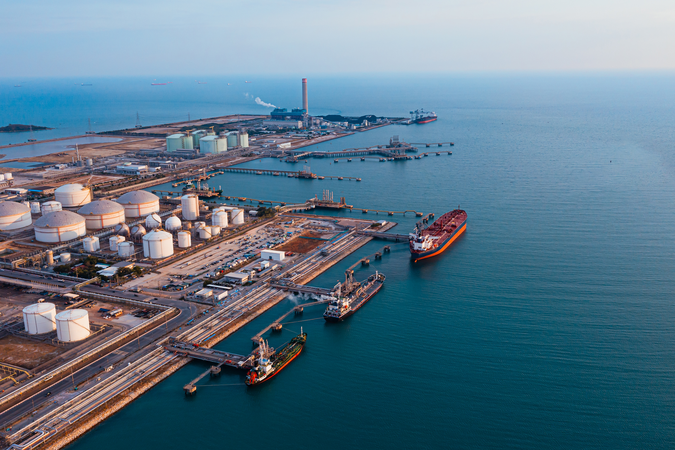PHMSA’s 2009 Gas Distribution Rule: Should It Stay or Should It Go?
As part of a series examining US oil and gas sector regulations, this report analyzes the cost and benefits of repealing or modifying PHMSA’s 2009 Gas Distribution Rule under several scenarios.
Key findings
- We find that the cost effectiveness of repealing the gas distribution rule depends on the assumed effectiveness of the rule.
- Using our repeal baseline, we find that if the rule prevents only 20 percent of possible incidents (the low benefits forgone estimate), there are net benefits to society of repeal.
- However, if the rule prevents 50 percent of possible incidents (the high benefits forgone estimate), there are net costs to society of repeal.
- The rule must prevent 31 percent of possible incidents in order for cost savings to equal benefits forgone under our repeal baseline.
- Because the rule went into effect in 2010, we were able to conduct a retrospective analysis of its effectiveness and find that its effectiveness varies significantly based on accident type.
- This rule results in substantial methane emissions reductions, not quantified by PHMSA in the original RIA. We incorporated the social cost of methane into our analysis and find that there could be very large net costs to society were this rule repealed.
Authors

Justine Huetteman





